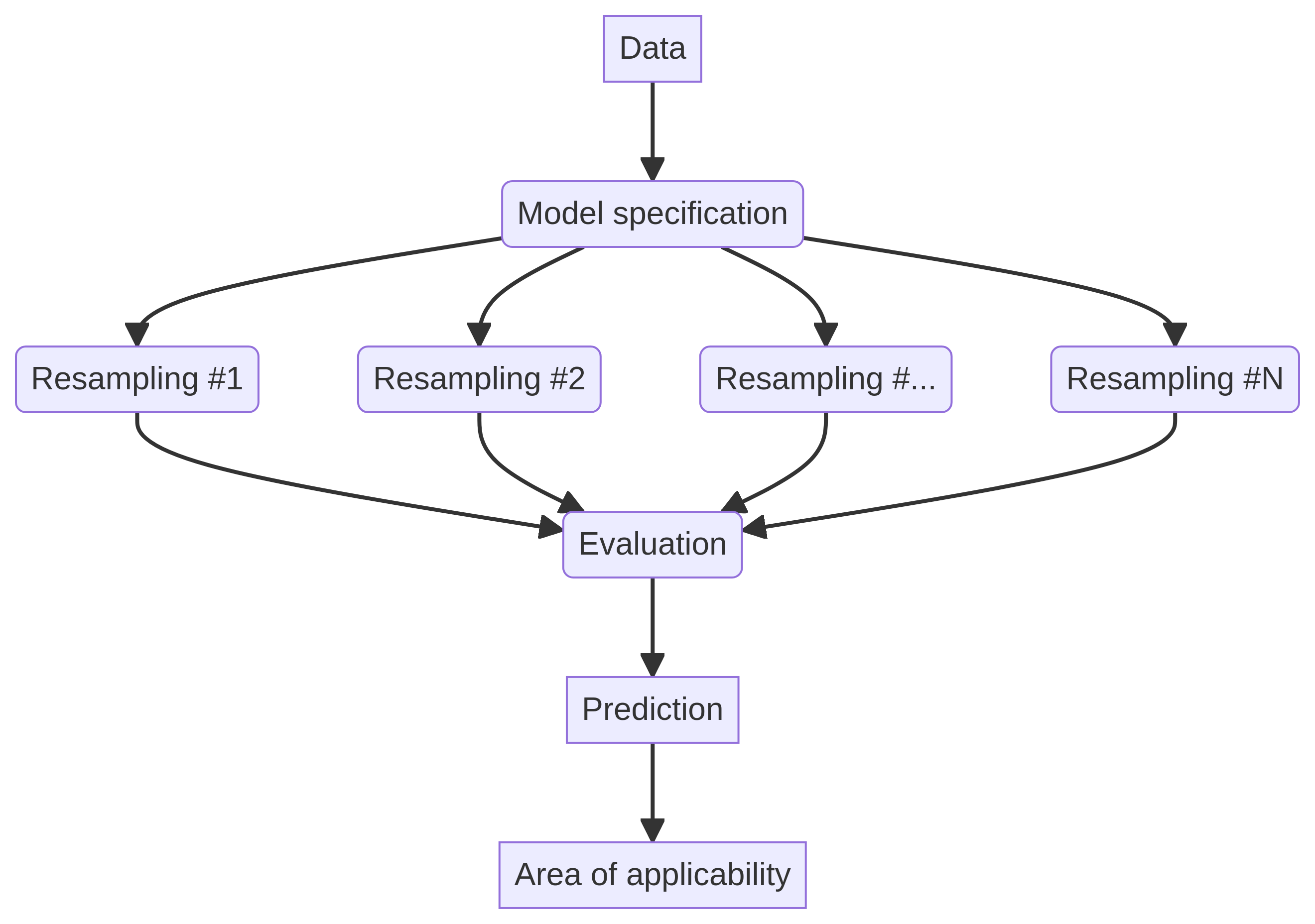Unveiling the Mechanisms of DNA Replication in Cancer Cells: The Role of ORC Subunits
Recent research highlights the critical role of the six-subunit origin recognition complex (ORC) in the DNA replication process across eukaryotic cells. The ORC is essential for recruiting the MCM2-7 complex, which forms the core of the replicative DNA helicase necessary for all forms of DNA replication. However, a paradox arises when we observe cancer cell lines that possess mutations in ORC subunits Orc1, Orc2, or Orc5. Surprisingly, these mutant cells manage to load MCM2-7 onto chromatin and replicate their DNA as they proliferate in culture, despite the undetectable levels of ORC proteins (Costa and Diffley, 2022; Stillman, 2022; Hu and Stillman, 2023).
This unexpected ability suggests that alternative mechanisms might exist in cancer cells for loading sufficient MCM2-7 onto chromatin, allowing DNA replication to occur even without traditional ORC components. Previous studies have provided instances of ORC1 mutations in organisms like Drosophila (Park and Asano, 2008) and in mouse liver cells, indicating that extensive DNA replication, particularly endo-reduplication, can persist even when ORC components are mutated or absent (Okano-Uchida et al., 2018).
The structure of the ORC is fascinating; five of its six subunits (ORC1-5) form a ring-like structure characterized by interactions between their WH domains and AAA+ like domains (Bleichert et al., 2015). Notably, in mammalian cells, only ORC1 and ORC4 maintain intact Walker A and B motifs, which are crucial for their function as AAA+ ATPases (Giordano-Coltart et al., 2005). Although experimental proof remains elusive, it is theoretically plausible that CDC6, another AAA+ ATPase critical for loading MCM2-7, could act as a substitute for ORC1 in the absence of this subunit, potentially aiding in the reconstitution of a functional ORC-like structure (Takeda et al., 2005; Bell, 2017).
To investigate this hypothesis, the researchers aimed to determine if the genetic removal of ORC2, which lacks evident ATPase activity and significant homology to CDC6, would still allow endoreduplication in mouse liver cells. In previous cancer studies, mutations were introduced to eliminate the initiator methionine of the Orc2 gene (Shibata et al., 2016), resulting in a drastic reduction of the ORC2 protein to just 0.1% of normal levels, with no evidence of functional truncated proteins in modified mouse embryonic fibroblasts (Chou et al., 2021).
The researchers then speculated whether combined genetic inactivation of both ORC1 and ORC2 would halt all forms of DNA replication, including endoreduplication. Their findings indicated that while ORC2 is essential for the viability of early embryos and mouse embryonic fibroblasts in vitro, its mutational inactivation, alone or in conjunction with ORC1, did not significantly disrupt liver development. Remarkably, adult viable mice were still produced, with albumin expression detected early in the hepatic development stages at E9.5 days (Gualdi et al., 1996). Single-cell sequencing showed that hepatoblasts expressing albumin were present as early as E11.0, with no traces of undifferentiated endodermal cells (Wang et al., 2020).
Further studies revealed that even after the deletion of both Orc1 and Orc2 genes, the resulting mutant mice demonstrated functional livers. This suggests that the absence of these genes did not dramatically impact liver development, challenging the assumption that the cells are as sensitive to the loss of the ORC holocomplex as mouse embryonic fibroblasts in culture. Due to the inability to detect ORC1 and ORC2 proteins through immunohistochemistry, the researchers resorted to calculating the number of cell divisions occurring post-deletion in embryonic mouse hepatocytes, leading to the conclusion that the livers underwent at least 18 cell divisions.
The analysis provided further insights into the complex interactions between ORC subunits and DNA replication. Notably, despite significant reductions in ORC2 levels, the livers of both male and female DKO (double knockout) mice were able to complete multiple rounds of DNA replication after gene deletion. This finding challenges the notion that mitotic DNA replication is entirely reliant on these ORC proteins in diploid cells, suggesting that alternative pathways may facilitate such replication under specific circumstances.
Interestingly, the study also examined the sex-specific impact of these deletions, revealing that female DKO livers were more sensitive to the loss of ORC subunits, with significantly fewer cell divisions observed compared to their male counterparts. This difference could potentially be attributed to hormonal influences, such as elevated testosterone levels in male mice, which may promote hepatocyte proliferation and counterbalance the effects of ORC loss (Bell, 2018).
Furthermore, the research illuminated the intriguing ability of hepatocytes to undergo endo-reduplication during liver regeneration, even in the absence of key ORC components. Endoreduplication, characterized by DNA synthesis without subsequent mitosis, was found to occur readily in these mutant livers during normal development and after partial hepatectomy. This observation supports the hypothesis that even when the ORC complex is compromised, hepatocytes can still recruit sufficient MCM2-7 to facilitate the necessary rounds of DNA replication.
The findings of this study not only enhance our understanding of the ORC's role in DNA replication but also shed light on the resilience of liver cells in adapting to genetic alterations. The ability of liver cells to maintain replication capabilities despite the loss of essential ORC components suggests that there are still many aspects of cellular replication that remain to be explored.







